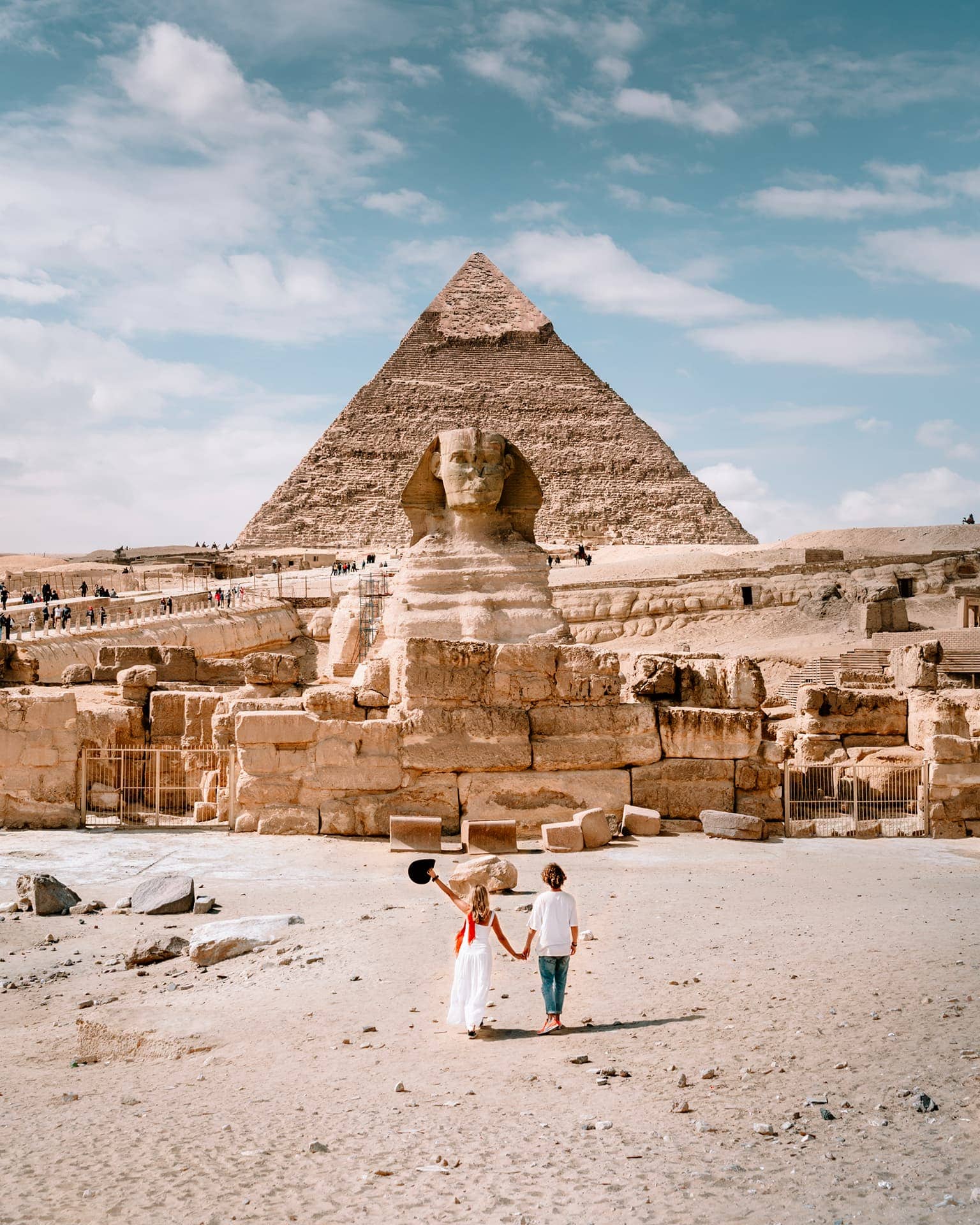Bayt Al Ummah, also known as Beit El-Umma or House of the People, is a historic house museum located in the El Mounira district in the heart of Cairo. It was the residence of Saad Zaghloul (1859–1927), a prominent figure in Egyptian history, who founded the Al-Wafd Party and played a pivotal role in negotiating Egypt’s independence from British rule1.
Architectural Significance: The museum is a beautiful example of early 20th-century architecture, reflecting the lifestyle of the Egyptian political class at the time. It has been preserved to showcase the original state of Zaghloul’s home, including the furnishings and personal belongings of him and his wife, Safiya Zaghloul1.
Historical Importance: Beit El-Umma serves as a cultural time capsule, providing visitors with a unique perspective on the political and social atmosphere of early 20th-century Egypt. The museum houses photographic documentation and memorabilia from the period, offering an intimate look at the life of one of Egypt’s most influential political leaders1.
Cultural Legacy: The museum not only commemorates Saad Zaghloul’s contributions to Egypt’s independence but also serves as an educational resource, highlighting the significant events that shaped modern Egyptian history. It stands as a symbol of national pride and is a testament to the country’s struggle for sovereignty1.
Visiting Bayt Al Ummah offers a chance to step back in time and experience the historical context that led to the formation of contemporary Egypt. It’s a must-see for those interested in the country’s rich political heritage and the personal stories of its key figures.
 English
English











